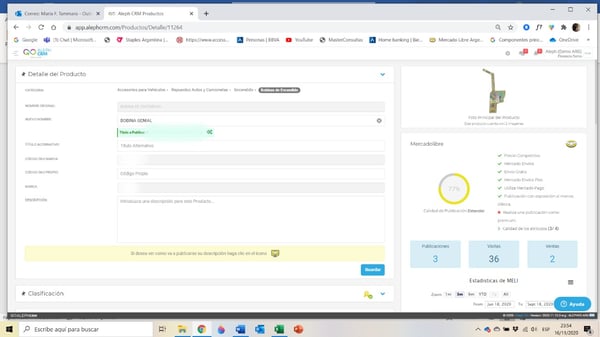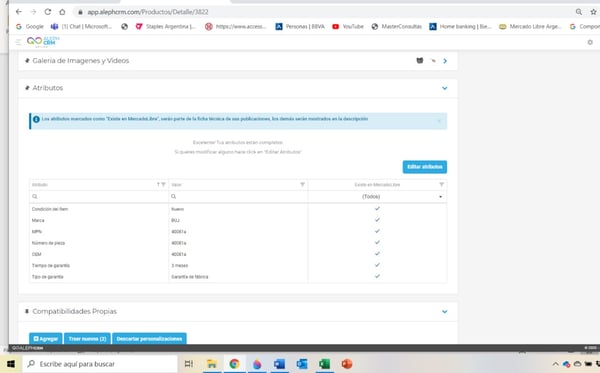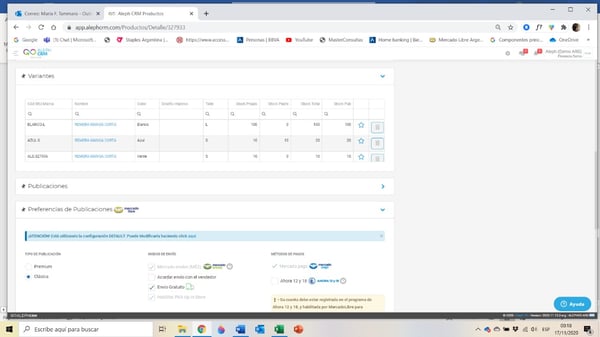Industries and brands are going through digital transformation. They are rapidly impelled to enter the new era: The era of e-commerce.
they all face the same challenge: distributing information through the entire commercial chain, facilitating access and updating of content, without losing value and quality.
The key is in the CATALOG, in its preparation and layout. But what is a CATALOG? It is the TOOL that BRANDS have within their sales strategy, regardless of the channel, to market their products. Something as simple as an ordered list of information on products of an organization, under some criteria that contains a brief description and certain data of interest; each brand must take responsibility for its correct creation, updating and dissemination throughout the commercial network.
In the new era of e-commerce, the DIGITAL CATALOG is the TOOL that comes to structure and democratize all the information that circulates about products. It can be described as the center of the digital scene. Orderly and specific data, quality images and videos, complete technical sheets, will make the product and its multiple publications have the possibility of achieving a better performance in marketplaces and other search engines. Undoubtedly it is the "blood that runs through the veins of any digital marketing strategy".
But behind the simplicity of the concept there are complexities: the lack or inexistence of structured and digitized catalogs, the multiplicity of catalogs with different content on the same product within the commercial chain and, finally, the impossibility of sharing it among all the actors involved. This is because brands and industries are not yet aware of the dimension and potential of the creation of the CATALOG, and therefore do not assume absolute responsibility for its creation and updating.
In this context AlephCRM, is the first platform in Latin America, capable of standardizing and digitizing large-scale catalogs, which can then be used in the different marketplaces by all actors in the commercial chain (brands, wholesale distributors, retailers) which allows to speed up all online and offline commerce operations
The catalogs are constantly updated and automated through the receipt of changes made by the brands themselves, and which are sent from our platform to all the actors participating in the commercial strategy.
For AlephCRM, a DIGITAL CATALOG is alive and goes through a process of creation, transformation and constant validation of its content. The goal is to accompany the brands throughout this continuous cycle.
To begin the process of creating the catalog, it is necessary to have basic information such as the brand, the SKU or Part Number, the name of the product and the category to which it belongs.

Categories are the way in which products are organized within the catalog to be published later, hierarchical sets where articles of a similar nature are listed. Each category has sets of attributes, in some cases mandatory and in others customizable, whose main function is to represent a specific characteristic of the product.

The product file is where all the available information of a product is organized. It is divided into sections. In addition to the basic information, images and videos that must meet the requirements established by the digital channels where they will be used, more information can be included, such as mandatory and personalized attributes, different variants (that is, different options on the same product, such as size, color, or voltage, for example) and in case of being in the auto parts industry, the applications can be detailed.
